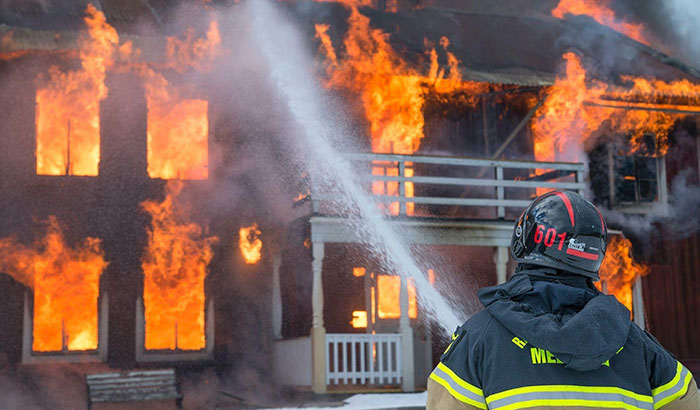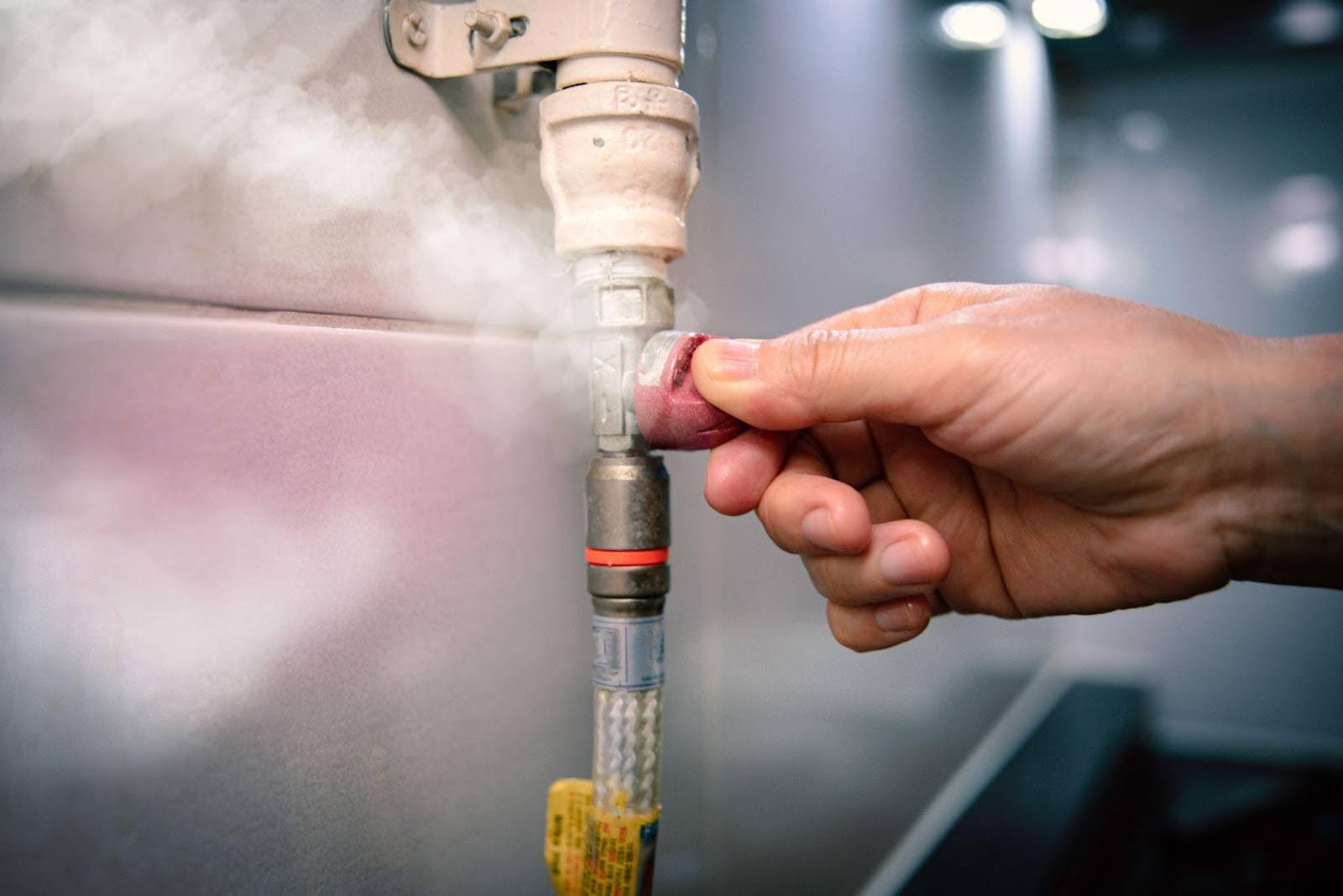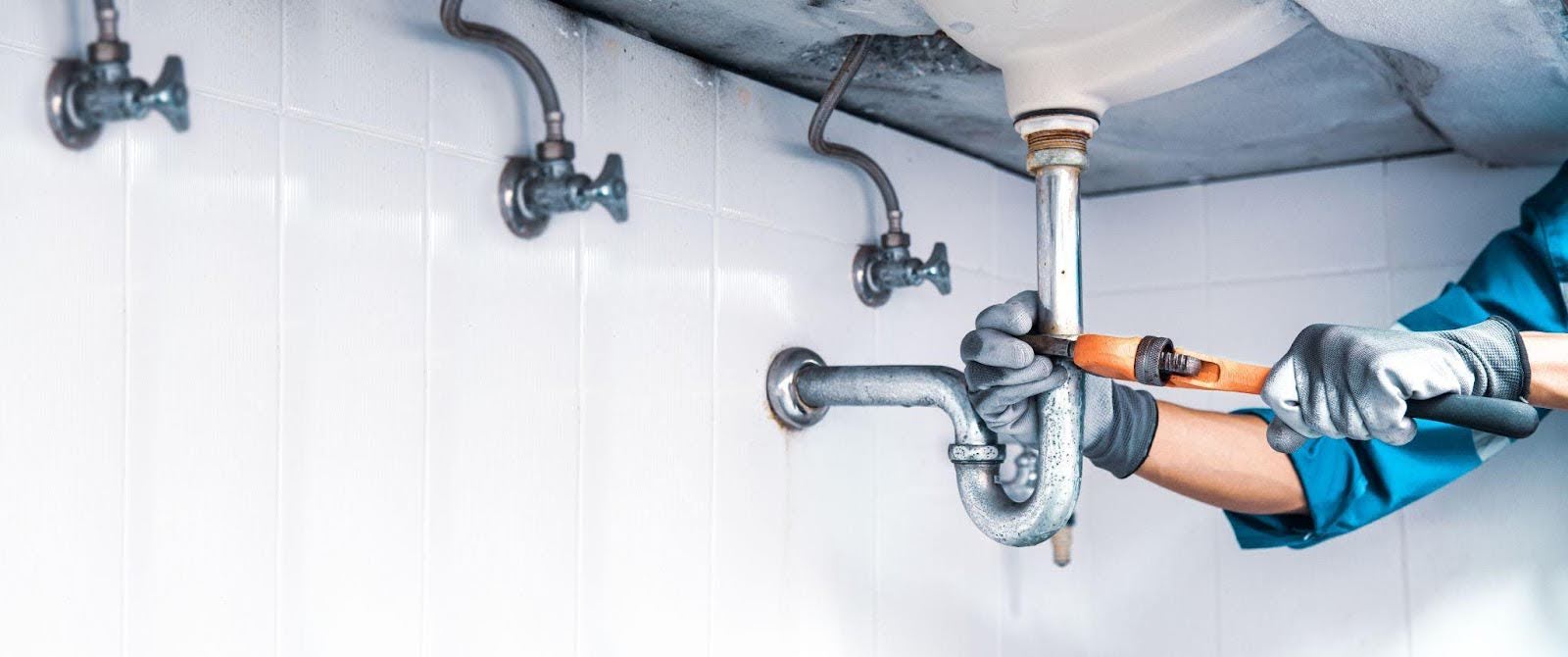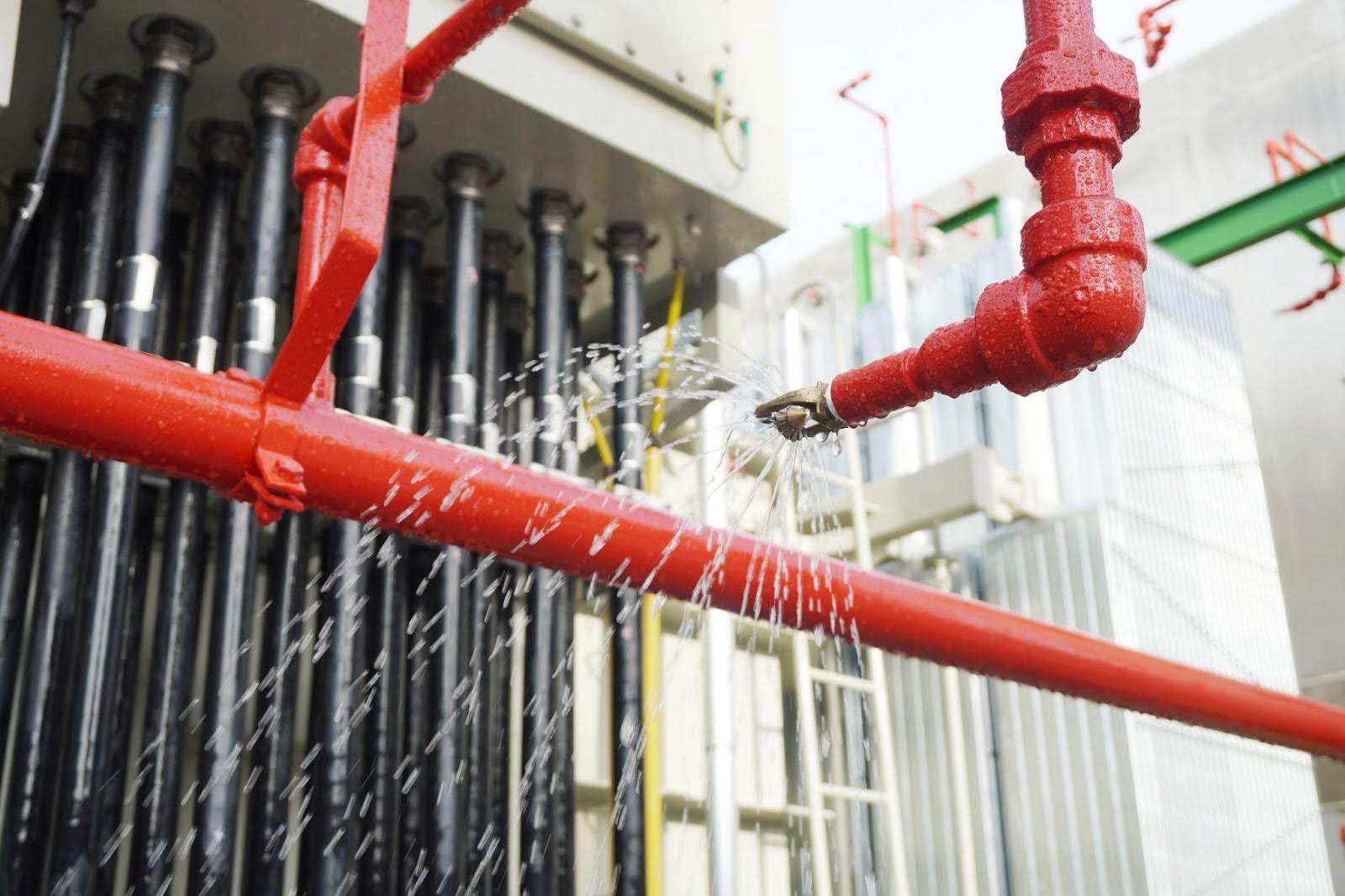Fires are one of the most destructive events that can occur to any property, and the impact can be much worse without a fire sprinkler system present.
Fire sprinkler systems are essential in protecting buildings and people from the devastating effects of fires, and they are designed to detect and extinguish fires as soon as they start.
However, fire sprinkler system installation isn’t enough to ensure maximum protection. Like any other system, fire sprinklers require regular maintenance and care to maintain proper working order. Neglecting fire sprinkler system repair and maintenance can lead to malfunctions, ineffective performance, and even the failure of the entire system when you need it the most.
In this blog post, we’ll discuss the importance of fire sprinkler systems. We’ll cover the key components of fire sprinkler systems, common issues that can occur without proper maintenance, and the benefits of having a professional plumber handle your fire sprinkler maintenance needs.
By the end of this post, you’ll have a better understanding of how fire sprinkler systems work and how you can take steps to protect your property and loved ones.
The Basics of Fire Sprinkler Systems
Fire sprinkler systems are a vital part of any property’s safety system. These systems are designed to automatically detect and control fires by spraying water over the affected area. They consist of several key components that work together to provide effective fire suppression.
The basic components of a fire sprinkler system include:
Pipes: They run throughout the building and connect to the sprinkler heads.
Sprinkler heads: These are the visible part of the system and are installed on the ceiling or walls.
Control valves: These are located at various points in the system and can be used to turn the system on or off.
Several fire sprinkler systems are available, including wet, dry, and pre-action systems. Wet systems are the most common and use water that is always ready to flow through the pipes and sprinkler heads. On the other hand, dry systems use compressed air to hold the water back until the system is activated. Pre-action systems combine wet and dry systems, where the water is held back until both a fire detection device and a sprinkler head activate.
A well-designed fire sprinkler system installation can help minimize property damage and save lives in case of a fire.
How Fire Sprinkler Systems Detect Fires
Fire sprinkler systems are composed of several components that work together to detect and suppress fires quickly.
Detection is typically achieved through heat and smoke detectors, which are designed to alert the system to activate when a fire is detected. These detectors are critical components of any fire sprinkler system and must be properly installed and maintained to ensure their effectiveness.
Heat detectors are the most commonly used detection device in fire sprinkler systems. They monitor the air temperature and trigger the system to activate when it exceeds a certain threshold. There are two types of heat detectors:
- Fixed temperature detectors: These are set to activate when the temperature reaches a specific level.
- Rate-of-rise detectors: These detect the rate at which the temperature increases and activate when it reaches a predetermined rate.
Smoke detectors are also widely used in fire sprinkler systems. They detect the presence of smoke in the air and alert the system to activate when smoke is detected. Ionization detectors use a small electrical current to detect smoke particles, while photoelectric detectors use a beam of light to detect the presence of smoke.
When a fire is detected, the detection device sends a signal to the fire sprinkler system’s control valve, which activates the water flow to the sprinkler heads. The sprinkler heads then spray water over the affected area, suppressing the fire and preventing it from spreading.
How Fire Sprinkler Systems Activate
When the heat or smoke detectors detect a fire in a fire sprinkler system, the system activates to suppress the fire and prevent it from spreading. The activation process begins with the control valve, which regulates water flow to the sprinkler heads.
Once the control valve receives the signal from the detection device, it opens and allows water to flow through the pipes to the sprinkler heads. Each sprinkler head contains a heat-sensitive element that detects the temperature of the air in the room. When the temperature exceeds a certain threshold, the element activates, and the sprinkler head releases water onto the affected area.
It’s essential to note that most fire sprinkler systems are designed to activate only in the area where the fire is detected. This targeted activation ensures that water is directed only where it is needed, minimizing water damage and reducing the risk of further fire spread.
The water supply for fire sprinkler systems typically comes from a dedicated or shared supply used for other purposes, such as building plumbing. A separate water tank or pump is installed specifically for the sprinkler system in a dedicated water supply system — this ensures that there is always a reliable water supply available in the event of a fire.
In a shared water supply system, the sprinkler system is connected to the building’s main water supply in a shared water supply. While this can provide a more cost-effective solution, it’s important to ensure that the shared supply can provide enough water pressure and volume to suppress a fire effectively.
The Role of Fire Alarms
Fire alarms play a critical role in fire sprinkler systems, providing early warning and detection of fires. Fire alarms are typically connected to the fire sprinkler system’s control panel, which monitors the system’s various components and detects when a fire is present.
When the fire alarm system detects a fire, it sends a signal to the control panel, activating the fire sprinkler system. The control panel sends a signal to the control valve, opening it and allowing water to flow to the sprinkler heads.
Fire alarms are essential components of fire sprinkler systems because they provide early warning of a fire’s presence, allowing building occupants to evacuate before the fire spreads. Additionally, fire alarms can help alert emergency responders, who can quickly arrive on the scene to help suppress the fire.
It’s important to know that not all fire sprinkler systems are connected to fire alarms. In some cases, property owners may choose to install standalone sprinkler systems that do not have a fire alarm component. However, for optimal protection and early warning, installing a fully integrated fire sprinkler system with a connected fire alarm is generally recommended.
Maintenance and Testing
Fire sprinkler system repair and maintenance is crucial to ensure they are in proper working order in case of a fire. Fire sprinkler systems are designed to protect lives and property, and proper maintenance and testing are necessary for them to function as intended when they are needed most.
During regular maintenance and testing, a qualified technician will inspect and test all fire sprinkler system components, including the control valves, water supply, and sprinkler heads. This process helps ensure that each component is functioning correctly and that the system is ready to activate in the event of a fire.
If any issues are identified during maintenance and testing, the technician can repair or replace faulty components to restore the system to proper working order. Regular maintenance and testing can also help identify potential issues before they become significant problems, saving property owners money and minimizing downtime for the system.
Fire sprinkler systems must meet local and national codes and standards, which often require regular maintenance and testing. Failure to meet these requirements can result in fines, penalties, or even legal liability if the system fails to function properly during a fire.
In addition to regular maintenance and testing, property owners should also ensure that fire sprinkler system installation is done by qualified professionals. Proper installation is critical to ensuring the system functions as intended and provides effective protection.
By investing in regular maintenance and testing and working with qualified professionals for installation and repairs, property owners can have peace of mind knowing that their fire sprinkler system is ready to provide adequate protection if they are faced with a fire.
Keep Your Fire Sprinkler System Reliable with Salisbury Plumbing
If you own or manage a property, fire sprinkler system repair and maintenance is essential for your safety.
At Salisbury Plumbing, we specialize in fire sprinkler system maintenance, and our team of qualified technicians has the expertise to ensure that your system is always in proper working order.
With Salisbury Plumbing, you can have peace of mind knowing that your fire sprinkler system is always ready to warn you of a fire danger. Contact us today on our website or call us at 385-375-1207 to learn more and schedule a free estimate with one of our expert technicians.







